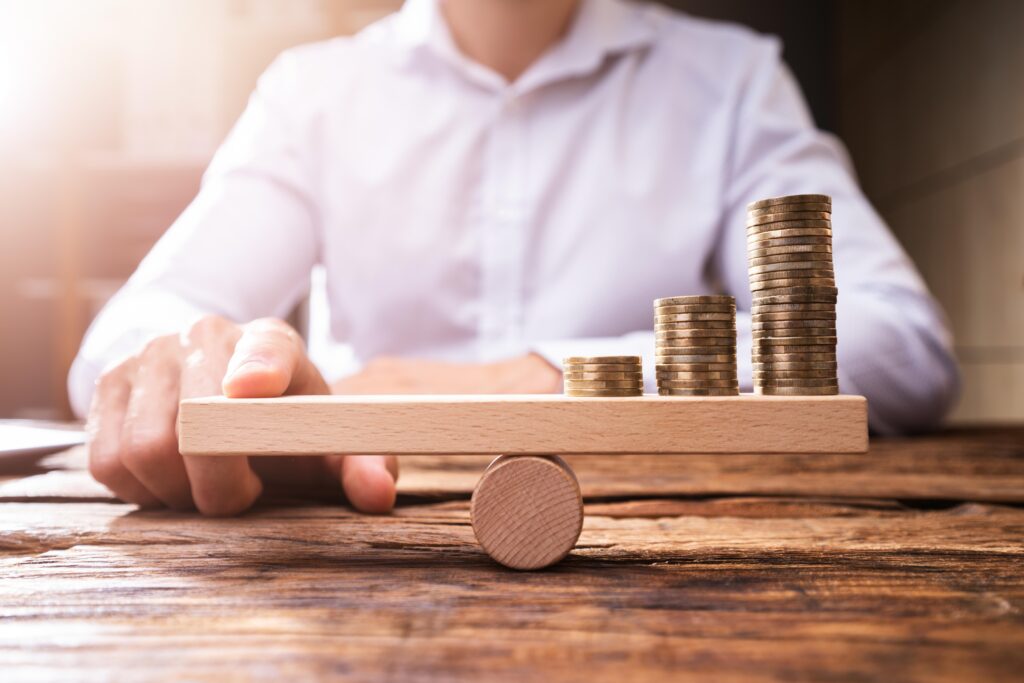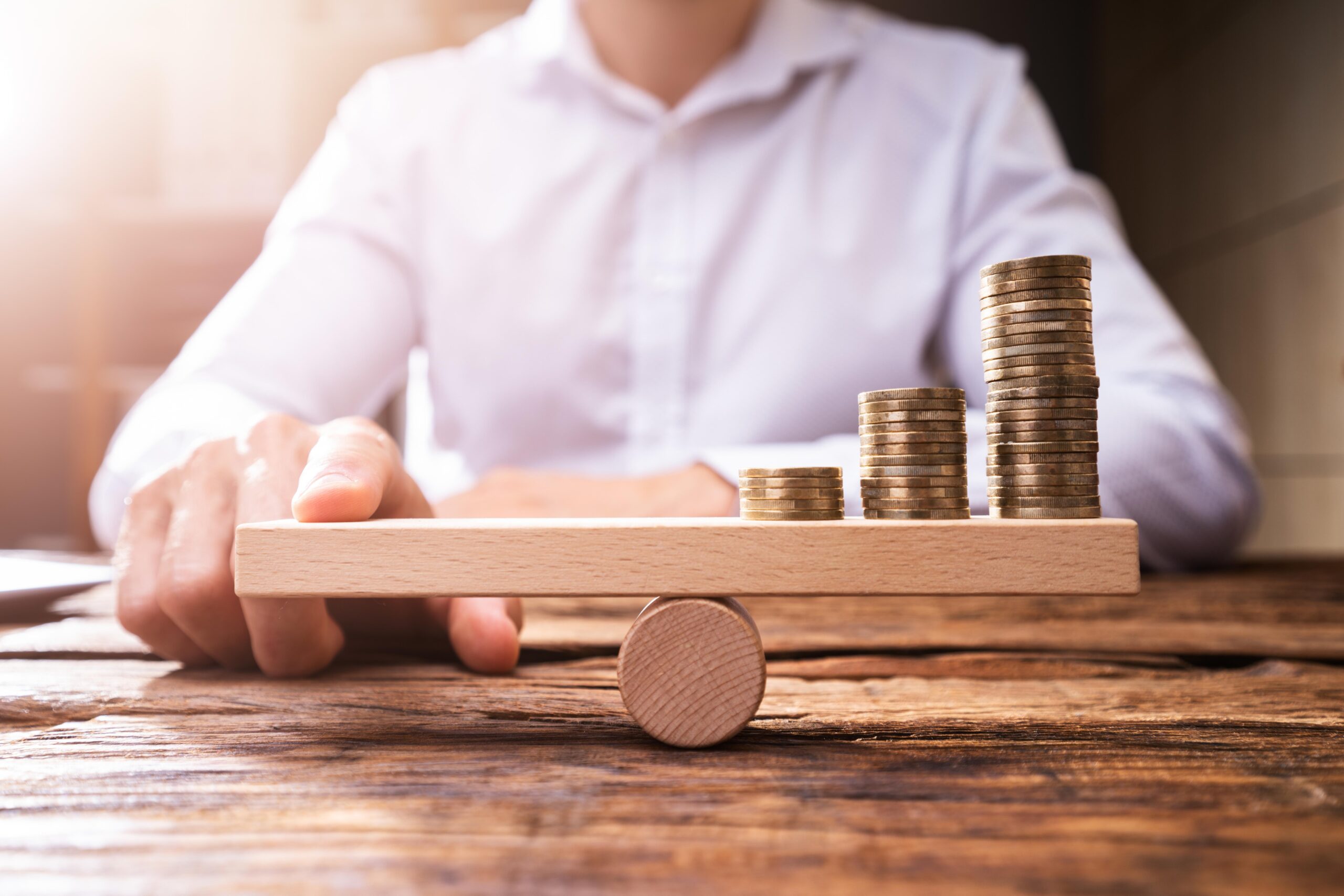Introducing to The Emergency Fund

Financial security is essential for a life with less stress and more peace of mind, and an emergency fund is the key to making this possible.
An emergency fund is something anyone can establish, but it requires organization and discipline. This fund is crucial to help you handle unexpected situations with more preparedness and calm.
What Is an Emergency Fund and Why Is It Important?
An emergency fund is simply a reserve of money. This money allows you to prepare for and handle life’s adversities. Your pet gets sick, a pipe bursts, or there’s an issue with your car. These situations happen to everyone, often catching people off guard.
These are moments when a dangerous situation can arise: debt. When unprepared, people facing unexpected costs often struggle with finances. This can lead to taking on unnecessary loans or overspending. Falling into debt in these situations is easy and can cause unnecessary stress.
An emergency fund can make these unexpected events less challenging!
How Much Should You Save in Your Emergency Fund?
This amount is highly personal, but here are some tips to help you decide.
Consider everything coming in, including all income sources. Next, account for all outgoing expenses. This way, you can see whether you end up in the red or green each month.
If you’re short, it’s time to cut expenses, work extra shifts, or reduce costs to come out ahead.
Then, analyze the ideal amount for your fund. Start by setting aside at least 10% of your income if possible.
If your financial situation allows you to save more, even better! If not, save whatever amount you can. The important part is to save something. Start with what you can and aim to increase that amount.
Believe me, this is something no one regrets doing; instead, people regret not doing it!
Another goal is to cover three to six months of expenses. This way, if you lose your job, you have a secure period to find another job without panic or hardship.
Tips to Save Faster for Your Emergency Fund
Several tips can help you save faster. One is to cut unnecessary expenses. For instance, it’s common to subscribe to multiple streaming services. However, people rarely use all of them every month.
If you’re watching a long series on one service, you don’t need to keep paying for other services simultaneously. Stick with one until your focus changes, then cancel one subscription and switch to another.
Small changes like these can make a difference in your bank account and prepare you for the future. Along with cutting expenses, find ways to make your money stretch further, like using cashback and reward credit cards.
If you have good self-control, cashback cards, such as the Chase Freedom Unlimited® that offers 1.5% cashback on all purchases, can be helpful.
What to Avoid When Building an Emergency Fund
A common mistake people make is mixing savings. Keep your emergency fund separate from savings for other goals like a vacation or a car.
Otherwise, you may spend indiscriminately. For instance, if you’re saving for both an emergency fund and a car in the same account, you won’t know how much is for each.
As a result, you might spend everything when you reach the amount for the car, leaving no emergency fund.
It’s also essential to avoid a lack of self-discipline. Many start saving well but later give in to the temptation of spending the money. Discipline is key to achieving your goals.
Summarizing
An emergency fund is a simple and effective way to help you save money. Start as soon as possible.
By doing this, you can take the first steps toward building a solid financial foundation prepared for any emergency.

